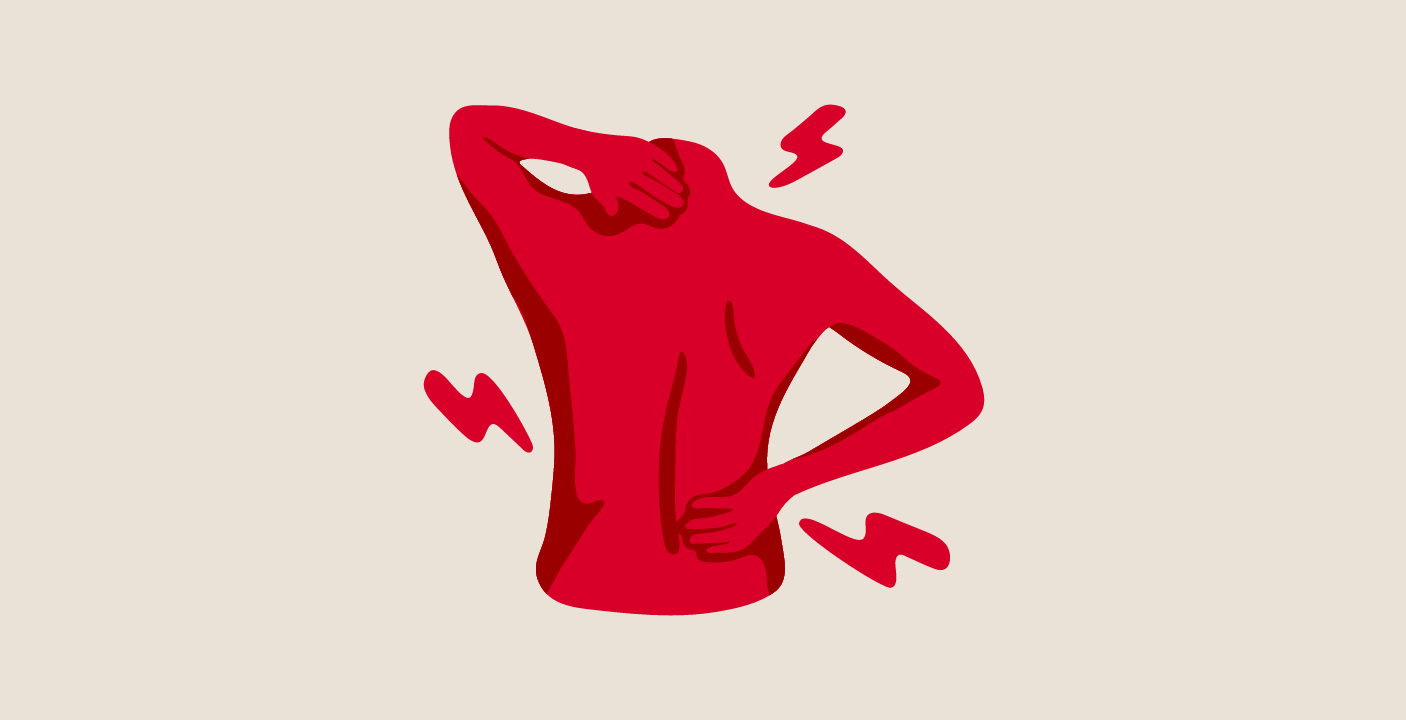Fatigue
Soreness during or right after an activity (like after the last rep with weights or after a quick sprint up stairs) are usually due to a tired muscle. The soreness should go away after a few minutes of rest. If it doesn’t, you may have a more serious muscle injury.
Unusual Activity
Try something new your body isn’t used to yet? That could be why you’re in pain. You may feel sore, swollen or less flexible anywhere from 12-24 hours (and even up to 72 hours) afterward. The aches come from microscopic tears that help your muscles gain strength as they heal.
Repetitive Activity
Let’s say you do the same thing over and over again, on a regular basis. Whether it’s weightlifting, running or even working a machine, you could be limiting your normal range of motion which can result in soreness.
How to treat muscle soreness
Take an over-the-counter pain reliever
R.I.C.E it (that’s rest, ice, compression and elevation)
Go on relative rest. That doesn’t mean staying in bed all day, but avoid anything strenuous and keep stretching to avoid further injury.
How to prevent muscle aches
Stretch before and after exercise.
Do a few minutes of mild warm up and cool down (i.e., fast walking) before and after vigorous exercise.
Increase your level of difficulty in small increments, not big leaps.
Drink lots of fluids before, during, and after exercise.
At work: vary your activities as much as possible, and try to stretch at least once every hour.


